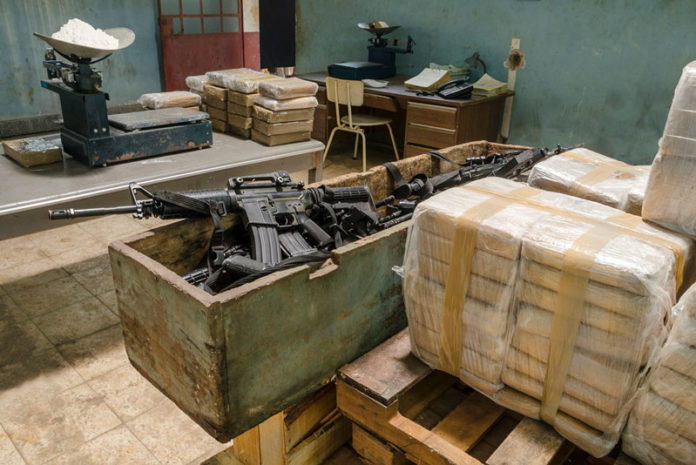Not that many years ago, the South American nation of Colombia was on the cusp of becoming a failed “narco-state.” With climatic conditions ideal for the growing of coca plants, and with dense jungles providing natural cover for illegal operations, Colombia became an international hub for the manufacturing and export of cocaine. As demand for these drugs grew in the United States from the 1970s on, so too did the violence and corruption of powerful drug cartels as they expanded territory, and battled rivals and the government. By the 1990s, Colombia was regarded as one of the most dangerous places on the planet.
Today, Colombia is far different. Abundant natural resources and a burgeoning economy make it a popular location for tourists and businesses alike. However, this turnaround was made possible only because of an aggressive and innovative foreign aid and partnership program between the United States and Colombia beginning in the late 1990s and early 2000s. “Plan Colombia” provided billions of U.S. dollars, along with military training and hardware, to the beleaguered South American democracy. This aid, along with a firm partnership between U.S. and Colombian political leaders, had a profound impact on drug violence there, while slowing the cocaine epidemic here at home.
Despite this progress, a new enemy has recently emerged and threatens to undermine years of hard work, and placing thousands of U.S. lives at risk. Shockingly, the culprit is not a new drug cartel, but liberal environmentalists from Europe. It might seem paradoxical that European Leftists could dramatically impact the cocaine epidemic in the United States, but they are doing just that.
The practice of aerially spraying coca fields abruptly ended in 2015, however, when Colombia’s government caved to pressure from the World Health Organization (WHO), which claimed glyphosate likely caused cancer; despite little scientific evidence backing such claims (a study released earlier this month debunks them altogether). Not surprisingly, cocaine manufacturing in Colombia is making a major comeback, which also has led to a rebound in cocaine use here in America after years on the decline. The U.S. Drug Enforcement Administration (DEA) claims Colombian production of cocaine is “at the highest levels ever recorded… due in part to decreases in aerial and manual eradication”; the result of WHO’s deceitful campaign against glyphosate.
For example, Colombian President Juan Manuel Santos recently criticized current anti-narcotics strategies backed by the United States that directly targets coca cultivation, even though just a month earlier, he praised President Donald Trump for supporting Colombia’s efforts in executing those very tactics. It is clear that Colombia is willing to play both sides, if it means gaining kudos on the international level, regardless of the consequences on the ground.
While many facets of the U.S. Drug War, specifically interdiction at the border, have failed to make a discernable impact on drug consumption in the United States, our hard-fought efforts in Colombia in disrupting the supply at the source, most certainly did. Unfortunately, without a firm hand from Washington to maintain pressure on the Santos’ government, Colombia will continue to grow more passive with coca production. The result will be a continued surge of cocaine use in the United States, along with deaths from overdoses; and eventually, a resurgence of the cartel-based violence in Colombia itself.






























